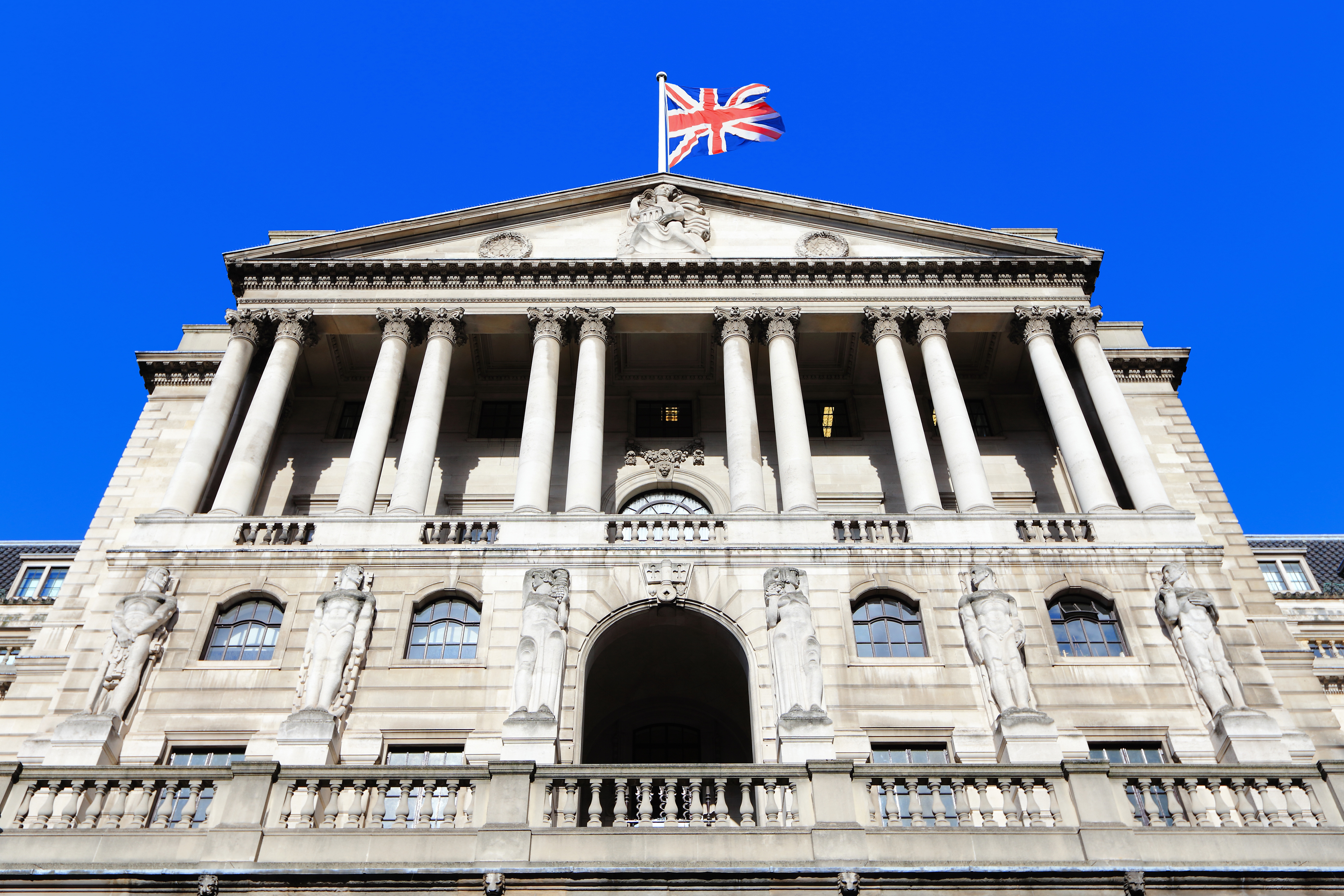Last week was a busy one for central banks with both the US and UK announcing their latest interest rate decisions. The US Federal Reserve (Fed) decided to cut interest rates for the first time this cycle by a larger-than-expected 50 basis points. The Bank of England’s Monetary Policy Committee (MPC) opted to leave rates unchanged, after cutting them by 25 basis points at their August meeting. This follows a slightly earlier decision by the European Central Bank to cut Eurozone rates for the second time this year.
There is a general easing bias to central bank activity but the voting pattern and public comments from the US and UK rate-setters reveal that there are currently quite differing views on the expected path for interest rates between the Fed and MPC. In a nutshell, the Fed appear to favour a swift series of cuts whereas the MPC are happy with a more moderate approach.
Looking at the Fed first of all: 11 of the 12 voting members favoured a 50-basis point cut. There were also large revisions to the committee’s future expectations with the majority expecting a further 50 basis points of easing this year with the median forecast for the end of 2025 now at 3.375%. The Fed appears to be clearly focused on the employment data and willing to run with relatively loose monetary and fiscal policy in order to protect the wider economy.
By way of contrast, the MPC voted by a margin of 8:1 to leave rates unchanged. The minutes suggest that the committee is on an easing path but sees little urgency. One phrase which stood out in the minutes from the latest meeting was “for most members, in the absence of material developments a gradual approach to removing policy restraint would be warranted”. UK data would tend to support this policy, as UK growth remains reasonably strong and the employment market solid. The prospect of lower interest rates is boosting economic confidence. Finally, inflation is above target and expected to strengthen slightly towards the end of the year. Markets are therefore expecting another 25-basis point cut this year and another one in the first quarter of next year. The market consensus for the year-end 2025 UK base rate is 4%. It seems clear that at the moment, and in contrast to the US, the UK will run tighter monetary and fiscal policy.

Central banks have always had to cope with the very long lags between moving official interest rates and the full effects of the movement being felt in the wider economy. Their jobs are slightly easier when conditions are broadly stable, but the world is far from stable at present, which leaves central banks in the unenviable position of not being able to react quickly enough to changing conditions. Of course, central banks will also be wary of cutting interest rates too quickly too soon and so letting inflation back into the system, particularly at such an uncertain time.
The big difference between what we expect to happen over the next year and recent central bank interest rate cuts is that this is planned action in response to economic conditions rather than emergency action provoked by external factors. This is another part of the ‘normalisation’ theme we have mentioned several times this year. We expect the length of interest rate cycles to return to a more traditional timeframe and it might be that in 18 months’ time markets are beginning to think about when rates might start to rise.
We certainly do not expect the bottom of the next interest rate cycle to be anywhere near the lows reached during the era of ultra-low interest rates. We would also hope and expect official interest rates to stay above inflation, which means that cash should continue to generate a positive real rate of return.
Some investors may take this move as a sign to review their portfolio but we remain confident that cash investors should continue to see genuine benefits of active cash management.


